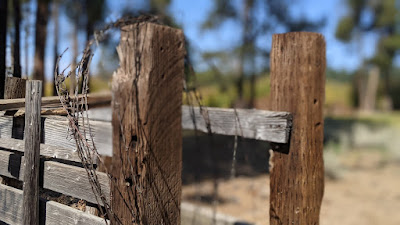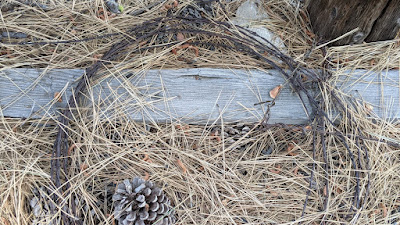Dairy History in Our Neighborhood
It always surprises me where cool history can be found. I have birded on the Dunlap Ranch property and never knew of its 100 year old history! Thanks, Jan, for sharing this Tahoe treasure.
Along the Bonanza Road (the first East-West road to carve directly across the mountains, built after the 1859 discovery of the Comstock Lode in Virginia City), hostelries, way stations, and inns sprang up to provide the services required by travelers. Small-scale ranching and farming endeavors developed around these hostels in support of the local economy. Hay and grain were raised in the meadows. The Johnsons, Bartons, Taylors, Sibecks, and Dunlaps were among several ranchers who established farms, ranches, or dairies here in the early days of what became South Lake Tahoe.
John E. Dunlap had been a brakeman for the Carson and Tahoe Lumber and Fluming Company's Lake Valley Railroad in 1891. Arriving from Illinois, he started in 1881 on the south shore, moved to north shore 1898, and in 1920 purchased property from Bliss on the south shore. In 1928, Dunlap finally returned to the south shore permanently to live on his ranch and work his flourishing dairy known as Tamarack. The Dunlap Ranch was 1,600 acres of meadow and forestland that is now known as Gardner Mountain, Tahoe Island Park, Tahoe Keys and Tamarack Subdivision.According to this article from the Nevada State Journal, dated 14 July 1935, "Lake Tahoe has extensive business dealings during the vacation seasons... J E Dunlap operates the Tamarack dairy and features daily service."
Among the ruins were several repurposed pieces of railroad. This one is dated 1919. I love the treasure hunt that is a bygone era's remains.
Before the City of South Lake Tahoe was incorporated in 1965, there were several other towns with one of them being Bijou. It was there that John Dunlap was living when he was "called by death". It happens to be the section of town in which we live.
South Lake Tahoe's history continues to surprise and delight.
“History is the interpretation of the significance
that the past has for us.”
– Johan Huizinga












0 comments:
Post a Comment